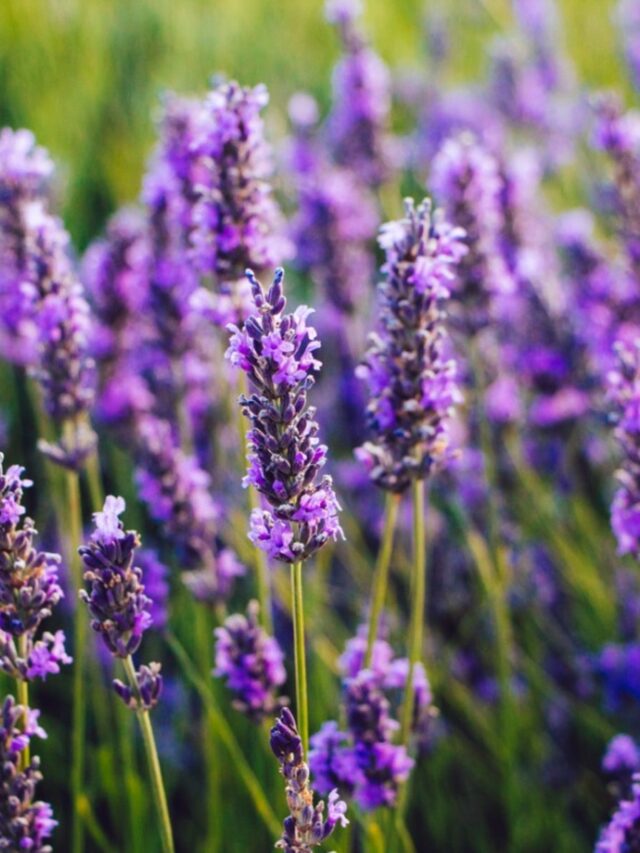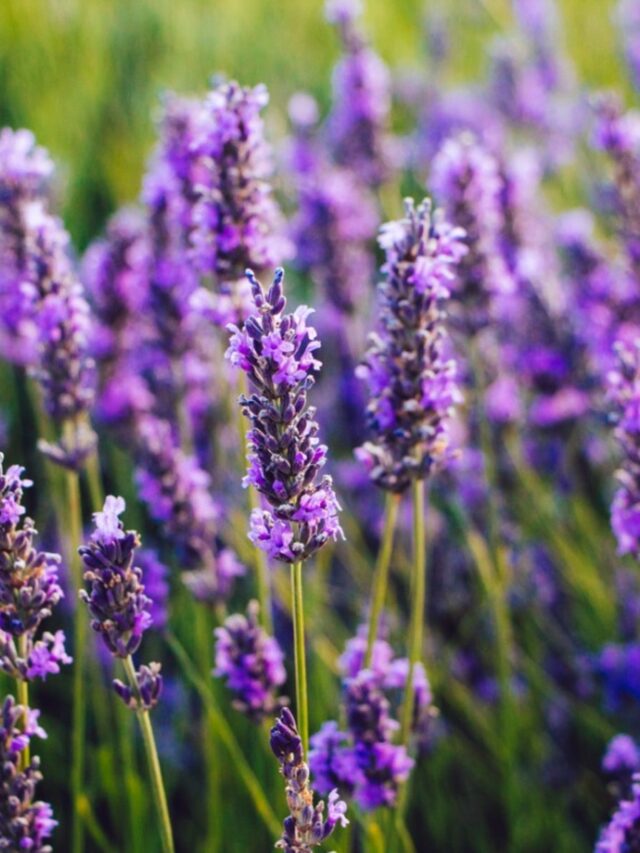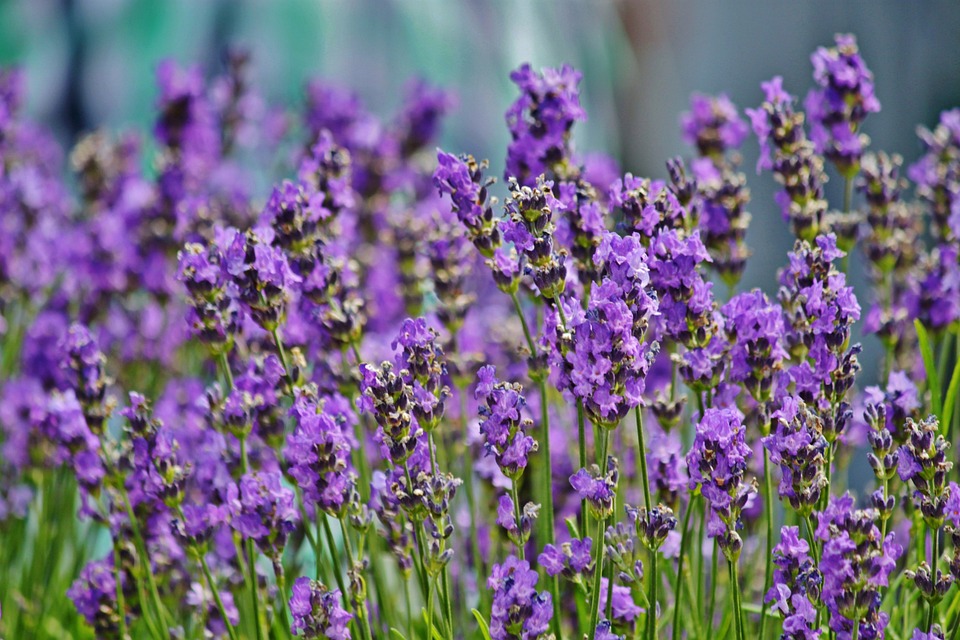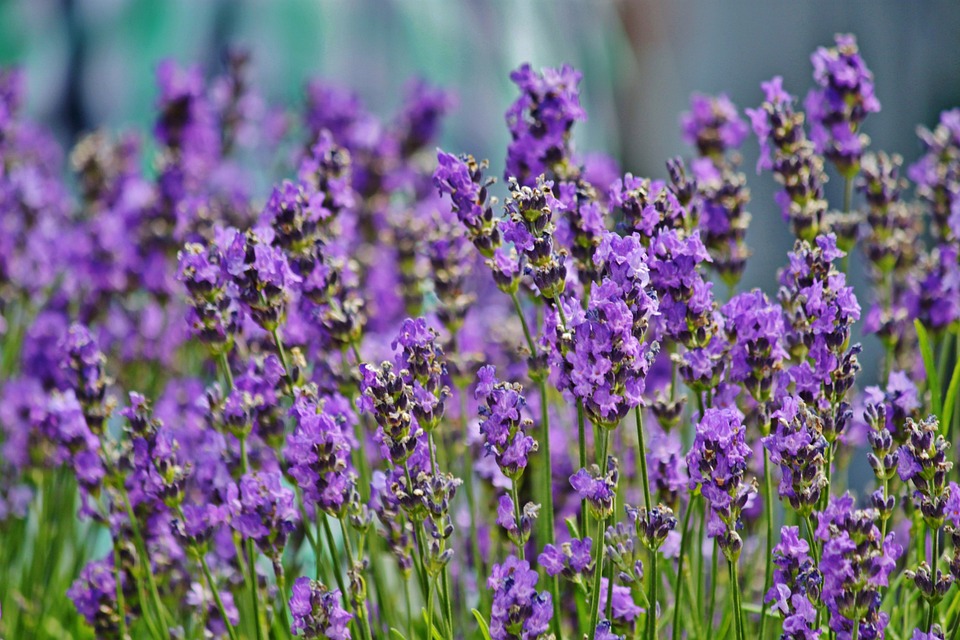Perennial flowers, with their ability to bloom year after year, are a delightful addition to any garden.
They offer a rich tapestry of colors, textures, and fragrances that can transform a simple garden into a lush paradise.
However, to ensure that perennials thrive and continue to bring beauty to your garden, they require proper care.
This ultimate guide will walk you through everything you need to know about perennial flower care, from planting to pruning, and everything in between.
Understanding Perennials

Before diving into the care specifics, it’s essential to understand what perennials are.
Unlike annuals, which complete their life cycle in one growing season, perennials live for more than two years.
They typically bloom in spring and summer, die back in autumn and winter, and then return in the spring from their rootstock.
Types of Perennials
Perennials can be categorized into two main types: herbaceous and woody.
Herbaceous perennials, such as peonies and daylilies, die back to the ground in winter and regrow in spring.
Woody perennials, like lavender and some species of hydrangea, maintain their woody stems throughout the year.
Planting Perennials

Choosing the Right Location
Selecting the right spot for your perennials is crucial.
Most perennials prefer well-drained soil and a location that receives at least six hours of sunlight per day.
However, some varieties, like hostas and ferns, thrive in shady areas. Research the specific light and soil requirements of the perennials you plan to grow.
Soil Preparation
Good soil is the foundation of a healthy perennial garden.
Perennials thrive in nutrient-rich, well-drained soil.
Before planting, amend your soil with organic matter such as compost or aged manure to improve its fertility and drainage.
Conducting a soil test can help determine if any additional nutrients are needed.
Planting Techniques
When planting perennials, dig a hole twice as wide and as deep as the plant’s root ball.
Place the plant in the hole so that the top of the root ball is level with the soil surface.
Fill the hole with soil and gently firm it around the base of the plant.
Water thoroughly after planting to help the plant establish its roots.
Watering and Mulching

Watering
Proper watering is critical, especially during the first growing season when perennials are establishing their roots.
Water deeply and infrequently to encourage deep root growth.
Once established, most perennials require about an inch of water per week, either from rainfall or supplemental watering.
Avoid overhead watering, which can promote disease; instead, water at the base of the plant.
Mulching
Mulch helps conserve moisture, suppress weeds, and regulate soil temperature.
Apply a 2-3 inch layer of organic mulch, such as shredded bark or compost, around your perennials.
Be careful not to pile mulch against the plant stems, as this can lead to rot and other issues.
Fertilizing
Perennials benefit from regular feeding to promote healthy growth and abundant blooms.
In early spring, apply a balanced, slow-release fertilizer according to the package instructions.
Avoid over-fertilizing, as this can cause excessive foliage growth at the expense of flowers.
Pruning and Deadheading

Pruning
Pruning helps maintain the shape of your perennials, encourages new growth, and can extend the blooming period.
Remove any dead or damaged stems in early spring before new growth begins.
For some perennials, such as mums and asters, pinching back the tips in early summer can promote bushier growth and more flowers.
Deadheading
Deadheading, or removing spent flowers, encourages perennials to produce more blooms.
Use clean, sharp scissors or pruners to snip off the faded flowers just above a set of healthy leaves or buds.
Regular deadheading can keep your garden looking tidy and vibrant throughout the growing season.
Dividing Perennials

Many perennials benefit from being divided every few years.
Dividing helps rejuvenate older plants, encourages more vigorous growth, and prevents overcrowding.
When to Divide
The best time to divide perennials depends on the plant species.
Generally, spring and summer blooming perennials should be divided in the fall, while fall blooming perennials should be divided in the spring.
How to Divide
To divide a perennial, dig up the entire plant and gently separate the root ball into smaller sections, each with several healthy shoots and roots.
Replant the divisions immediately, spacing them according to the plant’s mature size requirements. Water thoroughly after replanting.
Pest and Disease Management

Common Pests
Perennials can be susceptible to various pests, including aphids, slugs, and spider mites.
Regularly inspect your plants for signs of pests and take action promptly.
Introducing beneficial insects like ladybugs and using organic pest control methods can help keep pest populations in check.
Disease Prevention
Preventing disease is easier than treating it.
Practice good garden hygiene by cleaning up plant debris, providing adequate air circulation, and avoiding overhead watering.
If you notice any signs of disease, such as discolored or wilting leaves, remove the affected parts immediately and dispose of them properly.
Seasonal Care

Spring
In spring, remove any winter mulch and clean up any dead plant material.
Apply a fresh layer of mulch and start a regular watering and fertilizing routine.
Watch for new growth and be prepared to stake tall perennials if necessary.
Summer
During the summer, maintain consistent watering and keep up with deadheading to encourage continuous blooms.
Monitor for pests and diseases and take action as needed. Consider providing shade for heat-sensitive perennials during extreme heat.
Fall
In the fall, gradually reduce watering as the weather cools. Divide and transplant perennials as needed.
Cut back spent foliage and apply a layer of mulch to protect the roots during winter.
Winter
In winter, protect your perennials from extreme cold by applying a thick layer of mulch.
Avoid excessive foot traffic on frozen soil to prevent root damage.
In areas with harsh winters, consider using burlap or other protective covers for tender perennials.
Conclusion
Caring for perennial flowers is a rewarding endeavor that can yield years of beautiful blooms and lush foliage.
By understanding their needs and providing consistent care, you can create a thriving perennial garden that brings joy and beauty to your landscape season after season.
Whether you’re a seasoned gardener or a novice, the tips and techniques outlined in this guide will help you cultivate a vibrant and healthy perennial garden.






